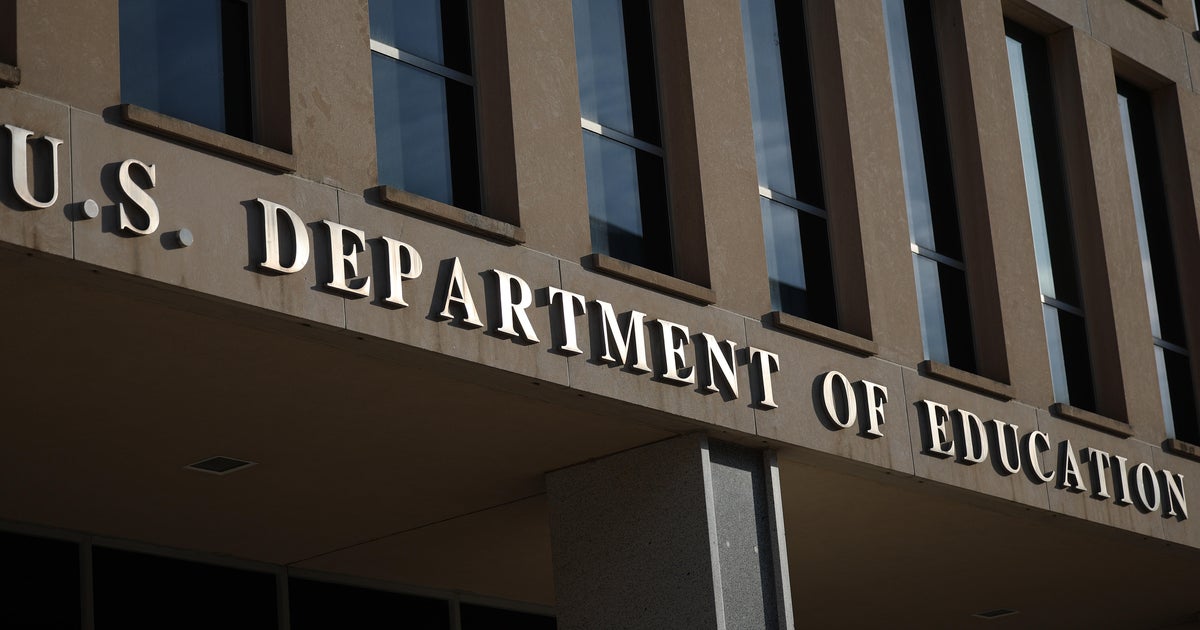Is the "Trump trade" fading?
The stock market’s dominant theme since November has been so-called Trump trade: A general market lift led by a select group of stocks best poised to profit from President Donald Trump’s ambitious policy agenda.
Everything has flowed from this. The Dow Jones industrials index surged to a record above the 21,000 level. Investors enjoyed the lowest volatility in the first quarter since 1965. And all this came despite underwhelming measures of market breadth: A relatively small number of stocks are fueling the uptrend, but investors don’t seem to care.
But the Trump trade was dealt a big blow two weeks ago, when the Republican health insurance overhaul failed to advance in the House of Representatives -- mainly due to resistance from conservative GOP members -- resulting in Wall Street’s largest one-day pullback since October. Stocks have been treading water since then, raising the question: Is the Trump trade over?
Bank of America Merrill Lynch strategist Savita Subramanian noted that the classic Trump trade peaked late last year led by small-cap stocks and cyclical issues in areas like industrials and materials. Since the New Year, those leaders have turned into laggards as investors have reevaluated the likelihood Trump’s campaign promises actually turning into signed legislation.
Moreover, certain areas of the market have been pushed lower as investors realize some of the Trump administration’s ideas could be detrimental to certain areas of the economy. The prime example is the risk of a so-called “border adjustment tax” -- essentially an import tariff -- that would drive up costs for retailers while benefiting U.S. manufacturers.
An index of the stocks that the border tax would most negatively affect has fallen more than 10 percent since late November, more than reversing their post-election gains.
But other areas of the market that keyed into different Trump proposals, such as boosting infrastructure spending and lowering the corporate tax rate, have remained high. This includes shares poised to benefit most from tax reform, which have outperformed the Russell 1000 index by around 4 percent according to Subramanian. Or those set to gain from infrastructure spending, which are outperforming the Russell 2000 by 7 percent.
The performance of health care stocks is mixed, given that the outlook for action in that area is extremely uncertain.
I’ll end with a big caveat: Many of the stocks that appear to be benefiting from the Trump trade could actually be getting help from other catalysts.
For instance, stocks rising on hopes of a repatriation holiday for foreign-held corporate cash are largely big-cap techs that could be moving higher on improving industry trends and a rebound in global growth measures. Energy stocks are commonly touted as an area that would be helped by allowing capital spending to be expensed immediately. But they’ve also been boosted by the rebound in crude prices, thanks to last year’s OPEC supply freeze agreement.
Mr. Trump and Republicans in Congress will need to make progress soon on some of these agenda items or risk a loss of patience on Wall Street. Goldman Sachs noted that investors are increasingly looking to traditional market catalysts, like the economic growth outlook, as political hope fades.
But that’s a problem because the growth outlook is uneven: The Atlanta Fed is looking for first-quarter GDP expansion of just 1.2 percent.




